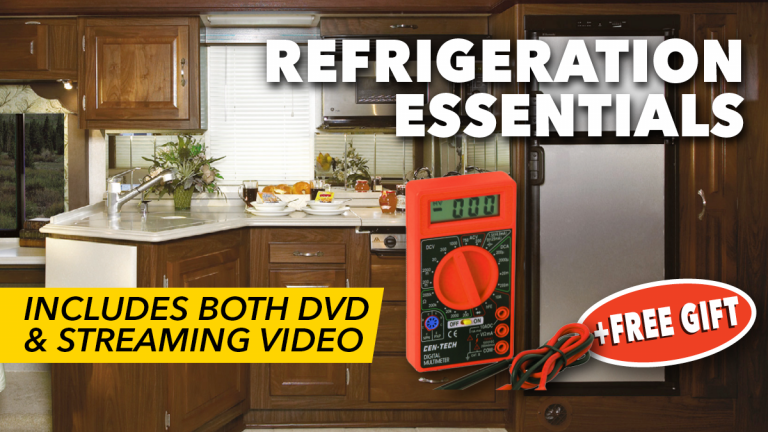
- 2x
- 1.75x
- 1.5x
- 1.25x
- 1x, selected
- 0.75x
- 0.5x
- Chapters
- descriptions off, selected
- captions settings, opens captions settings dialog
- captions off, selected
This is a modal window.
Beginning of dialog window. Escape will cancel and close the window.
End of dialog window.
This is a modal window. This modal can be closed by pressing the Escape key or activating the close button.
Refrigeration Essentials Class + DVD & Free Multimeter
$49.99
$19.99
At a Glance:
- In-depth Instruction; over 103 mins
- On-demand video access anytime
- Bonus downloadable PDF resources
- Access to class Q&A
Description
Your refrigerator is a critical appliance in an enjoyable RV trip or vacation – but it can make you heated when it’s not operating properly.
This video class will teach you the ins and outs of various refrigerators, and provide you with step-by-step tips and know-how to keep yours running smoothly, and to troubleshoot when you need to.
Your instructor, Dave Solberg, will show you how an absorption refrigerator operates and what makes it different than the compressor drive models used in our homes. Different types of refrigerators will be explained, such as Dometic and Norcold as well as changes that have occurred to the design over the years. We’ll cover tips to make your absorption refrigerator work more efficiently even during the heat of the summer months as well as troubleshooting procedures for no operation on LP or AC, insufficient cooling, and even over-cooling or frosting up.
Other topics you’ll learn include basic maintenance such as cleaning the burner assembly, exhaust vent, and flue, which should be done periodically to make your absorption refrigerator run more efficiently. Fault codes can tell a lot about the issues that are happening with your refrigerator, and both Dometic and Norcold have specific codes to make troubleshooting fast and easy.
The thermistor is an important component which senses the temperature and relays that information back to the monitor panel. This class will show you how to remove the thermistor, place it in a cup of ice water to simulate 32 degrees, and use a multi-meter to check the ohm reading and verify the thermistor is operating properly.
Ice makers are often a forgotten item when it comes to winterizing and one good freeze can be an expensive oversight. This Refrigeration class will show how the ice maker works, some troubleshooting tips, and how easy it is to winterize it.
And finally, you’ll see how important it is to have the unit level when operating your absorption refrigerator as the liquid components in the boiler are heated either with LP or an AC heating element and travel up to the evaporator and condenser, requiring gravity to make their way back down. If your rig is out of the acceptable level condition, the liquid can pool and cause a blocked cooling unit and not only insufficient cooling, but eventually the need for a new refrigerator! This class will show you the acceptable level and how to check with a quick glance using a bubble level.
In addition to the detailed video instruction you’ll receive, this online class provides you with some downloadable resources and helpful information to print and keep, including: A detailed Class Guide you can follow and use as a reminder for the key points of the class instruction; and a few resource documents that will help you get the most out of your refrigerator.
FREE 7-Function Digital Multimeter ($10 Value)
This versatile 7 function digital multimeter provides precise measurements and tests for a variety of electronics. This multimeter tests AC/DC voltage, DC current, resistance, transistor and diode, battery test. Features an easy-to-read digital LCD display and automatic zero adjust.
NOTE: You’ll receive this Class video instruction in two forms: As on-demand streaming video (in your RV Account); and as a physical DVD, mailed to you.
Class Sessions
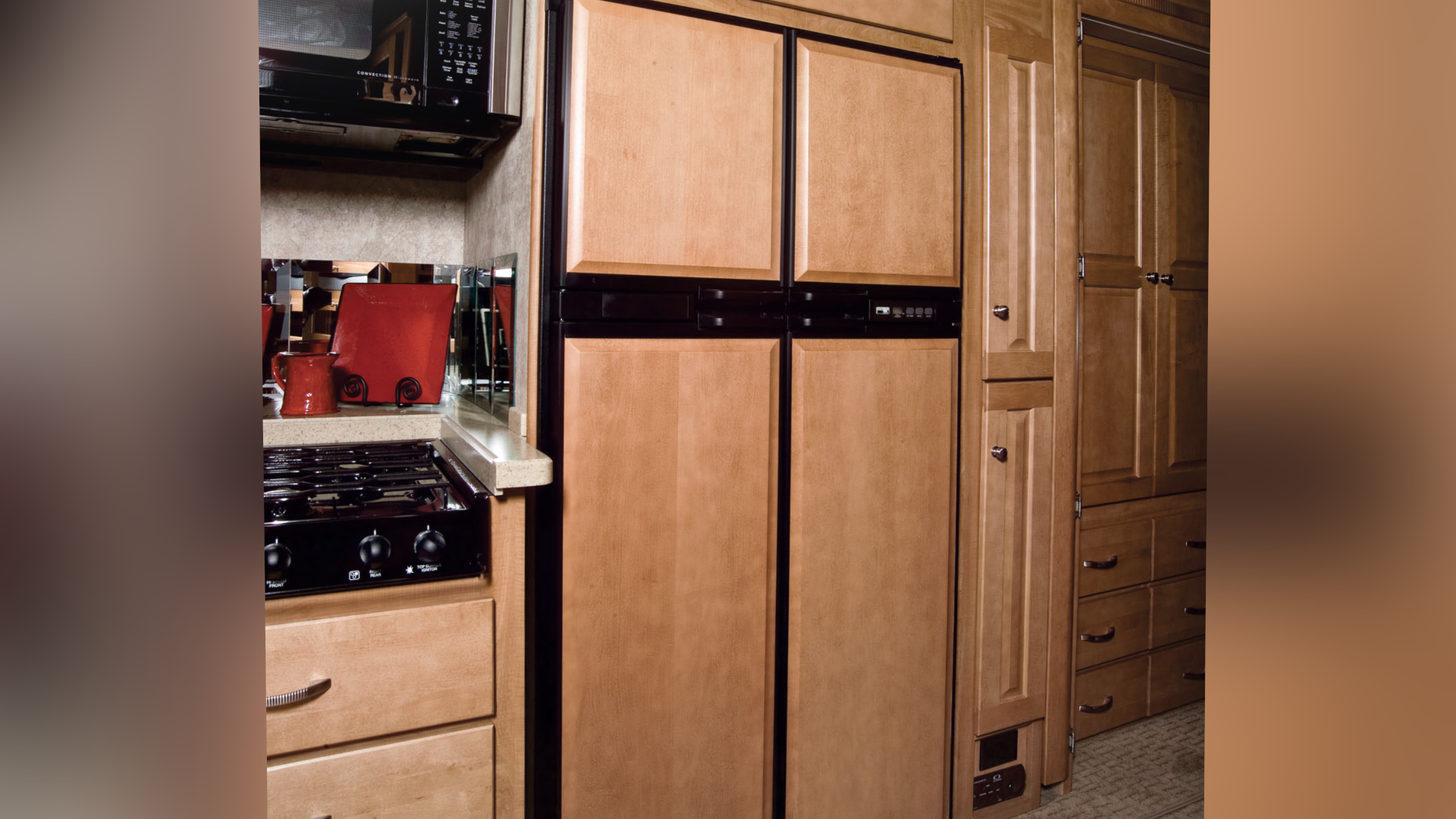
Over the years there have been several different brands of refrigerators used in RVs. However, Dometic and Norcold have become the main players and offer a variety of refrigerator types for your needs. You’ll see the various types, including the popular two door model with freezer on top and the four door models with two freezer doors and two refrigerator doors to limit the amount of cold air that escapes when removing food items.

Unlike compressor driven residential refrigerators, an absorption refrigerator heats a solution of Ammonia, Hydrogen, Water, and Sodium Chromate which protects the metal. This creates a series of chemical reactions that push the liquids up the tube to the condenser and tubes in the freezer as this liquid hits the tubes the liquid ammonia evaporates into the hydrogen and creates a -20 degree temperature. As the solution continues to evaporate, the temperature rises and as it travels through the freezer and refrigerator sections it draws the warm air out.

We discuss the advantage of an absorption refrigerator such as no moving parts that can withstand the road vibrations common to RV travel and the ability to run off LP for boondocking or dry camping. The compressor driven advantages include more efficient cooling in hot temperatures and larger models available.
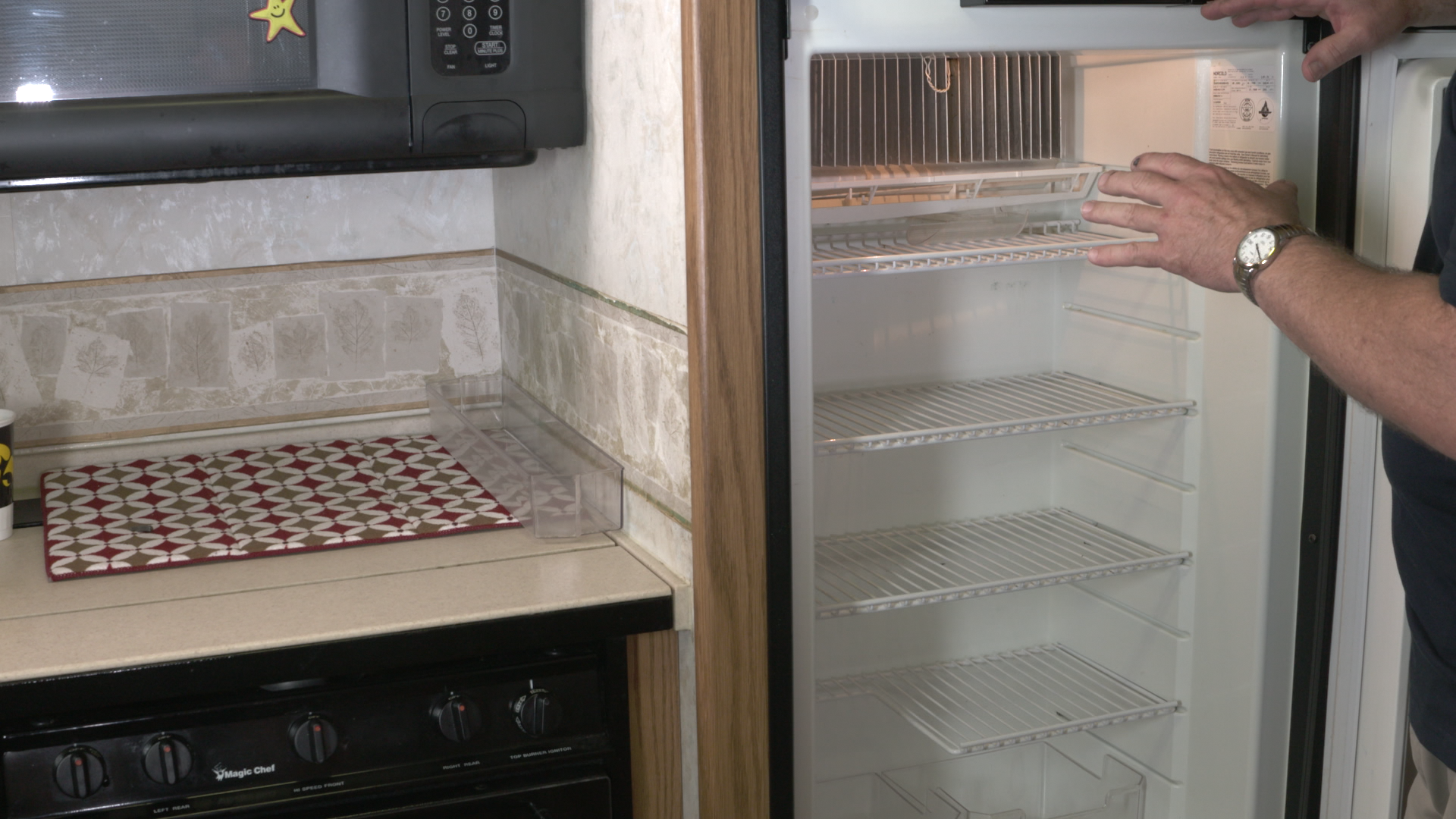
This session covers how to use the refrigerator on the AC mode, LP mode, and the Auto mode. Most refrigerators today and an Auto mode that will default to AC when present, but will automatically switch to LP if the AC is not available. This session will show how that feature works and the display that tells what mode it is operating on.
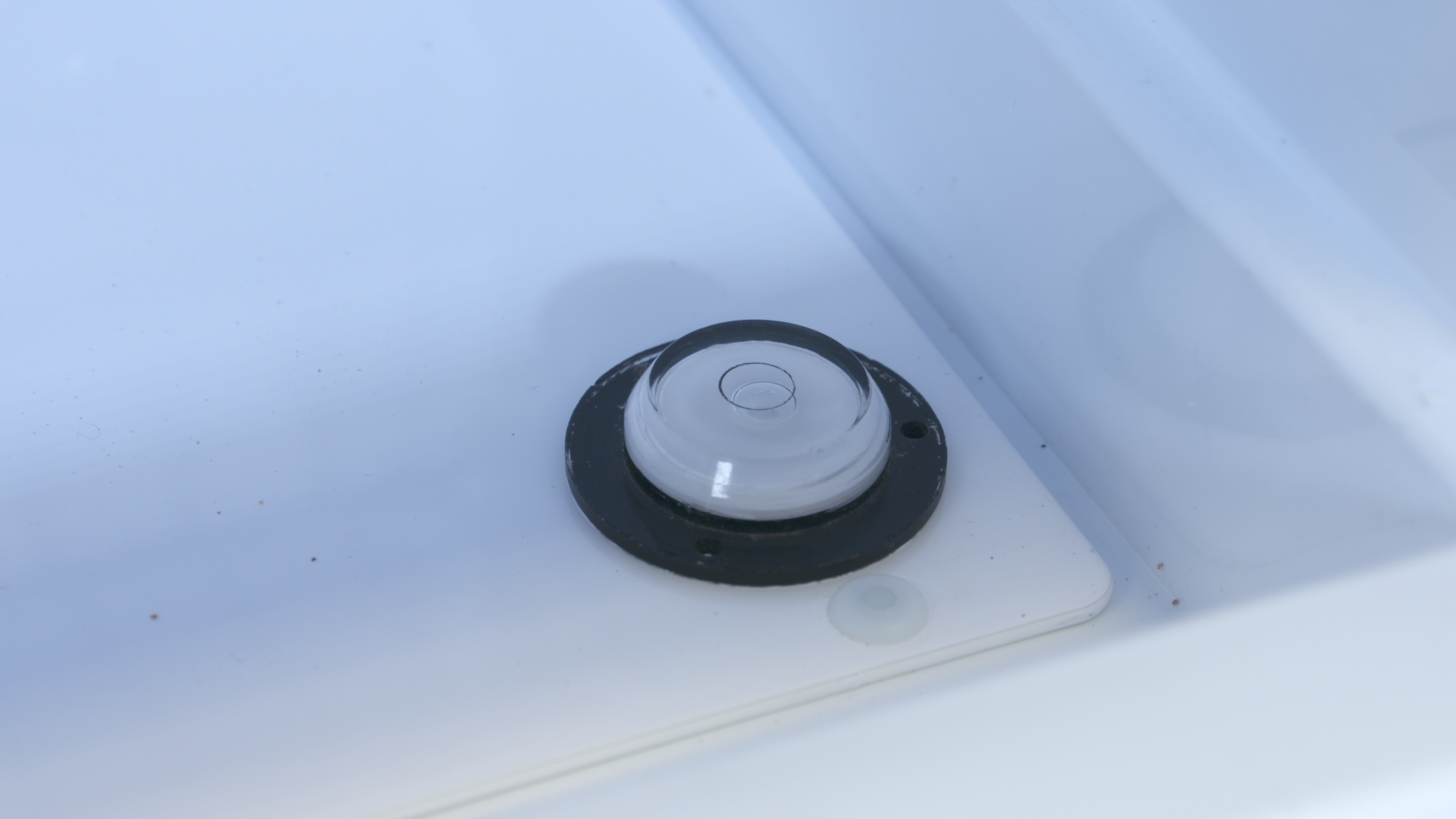
Absorption refrigerators require gravity to allow the liquid components to drain back to the boiler assembly. This session shows the importance of level and what is acceptable by using a bubble level inside the freezer plate. Most owners don’t realize the damage they can do just cooling the unit down on their driveway!
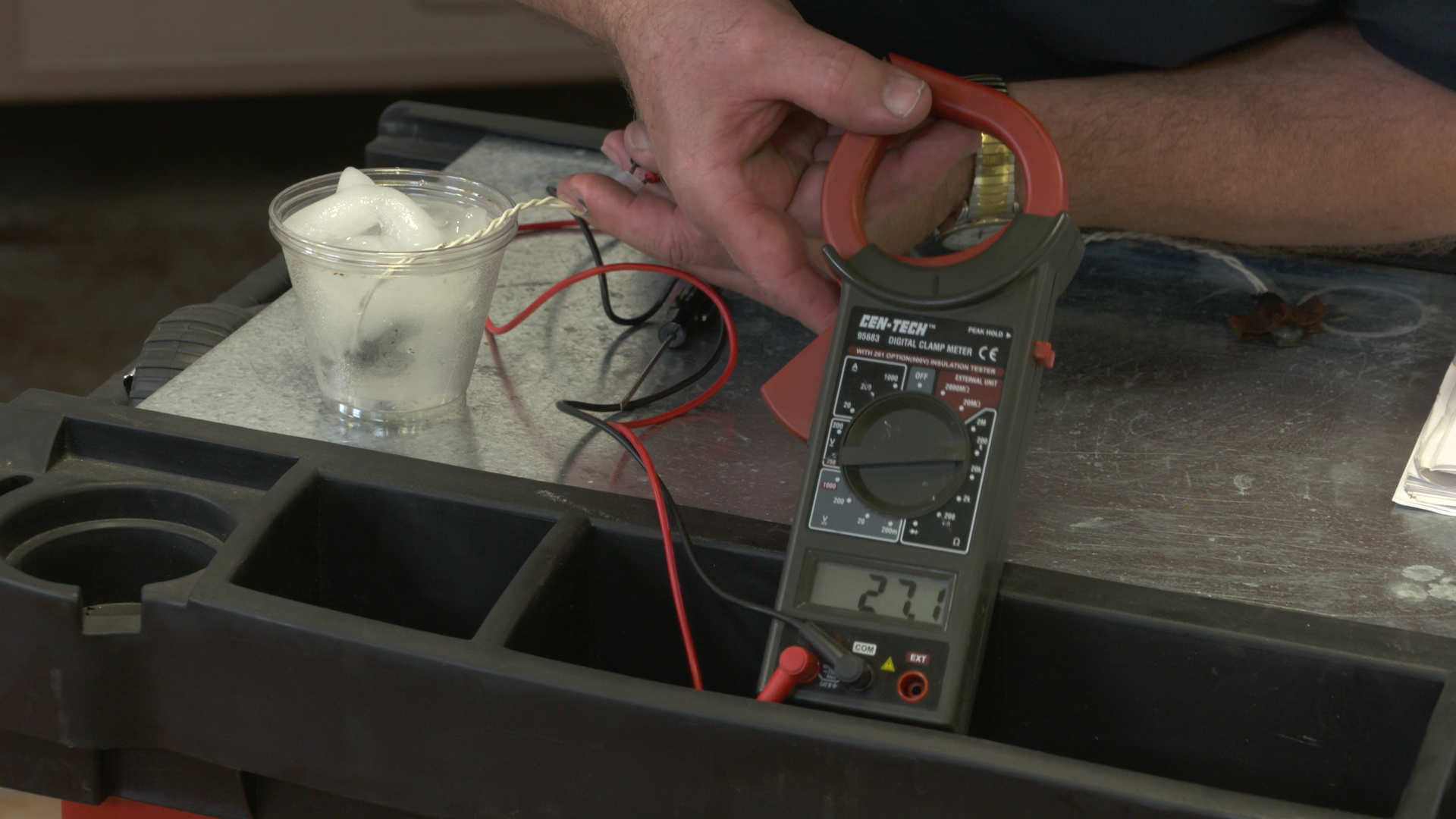
The thermistor is the temperature sensing unit inside your refrigerator that provide the information to the monitor panel for cooling or not cooling. This session shows you how to adjust the position on the inside fins for proper reading and how to test the thermistor to assure its operating properly.
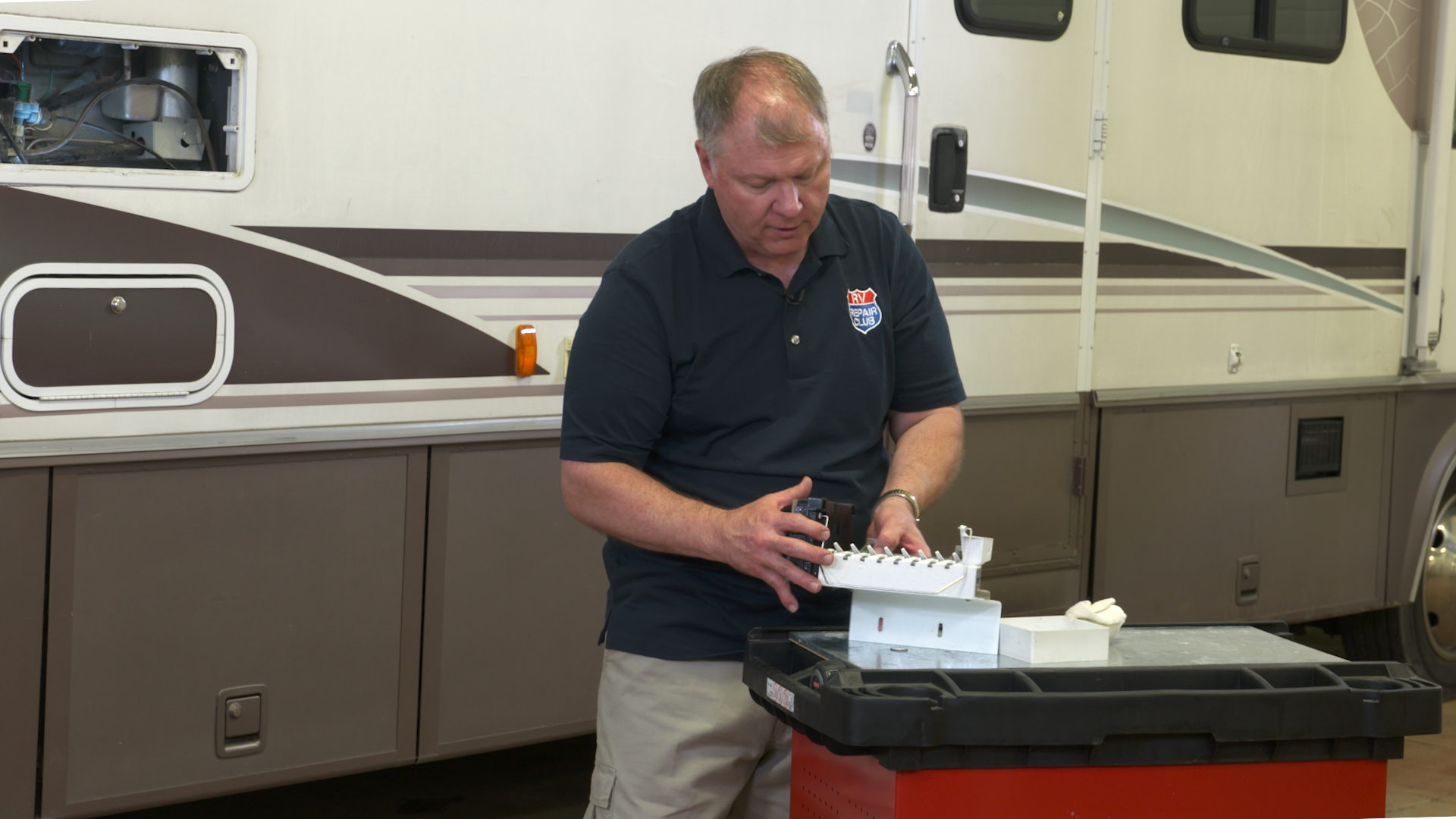
More owners are outfitting their RV refrigerator with an automatic ice maker but don’t realize the importance of maintenance and winterizing. This session will show you how to look for signs of deterioration in the mold just by looking at the ice cube as well as tips for getting all the water out of the lines and mold for winterizing.
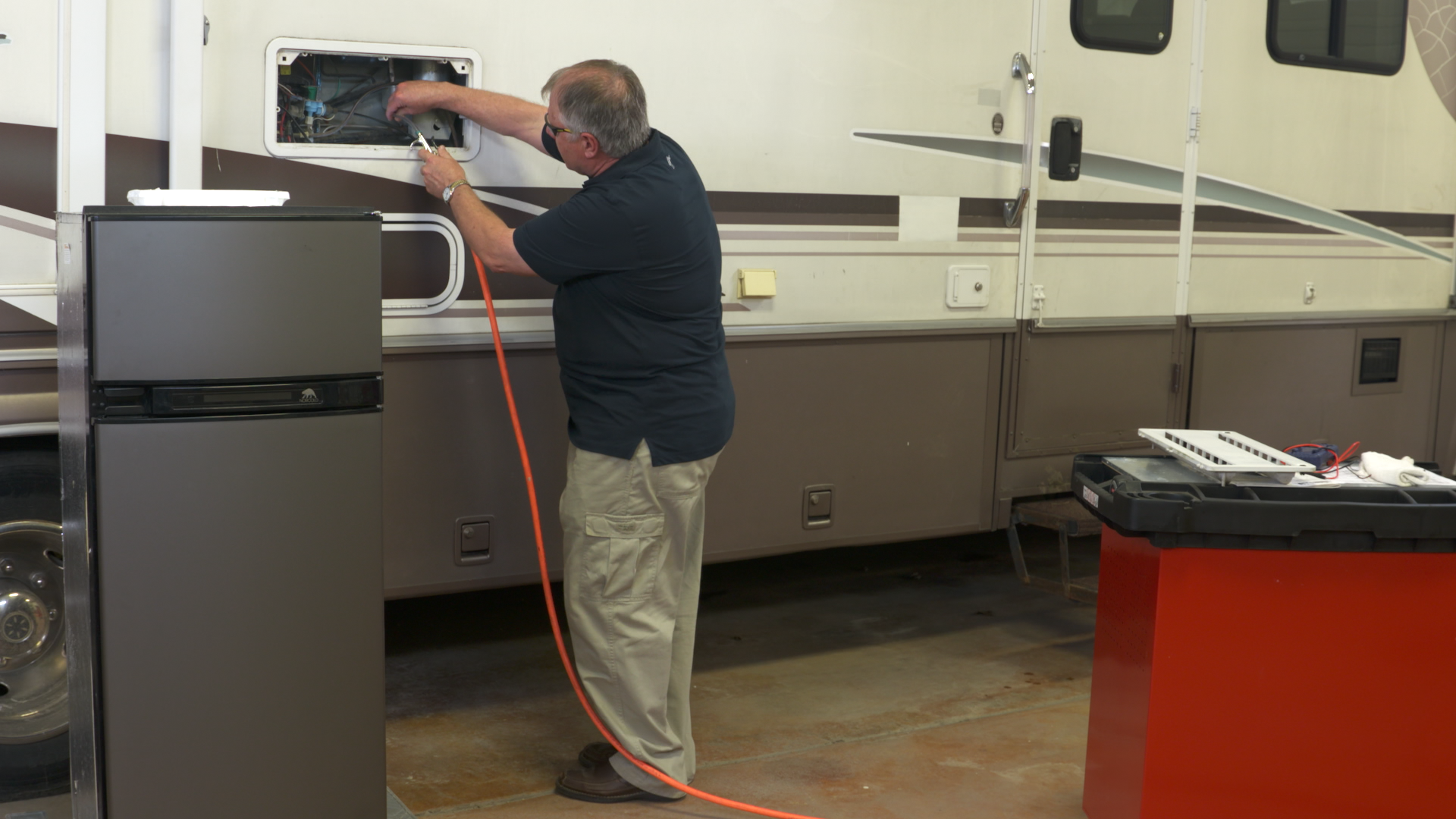
Most owners don’t realize there are a few simple maintenance tips they can do to make the refrigerator run more efficiently and prevent costly repairs in the future. We cover checking the flame periodically for the right “blue”, blowing out the burner assembly, and making sure the vent on the top of the roof is clear.
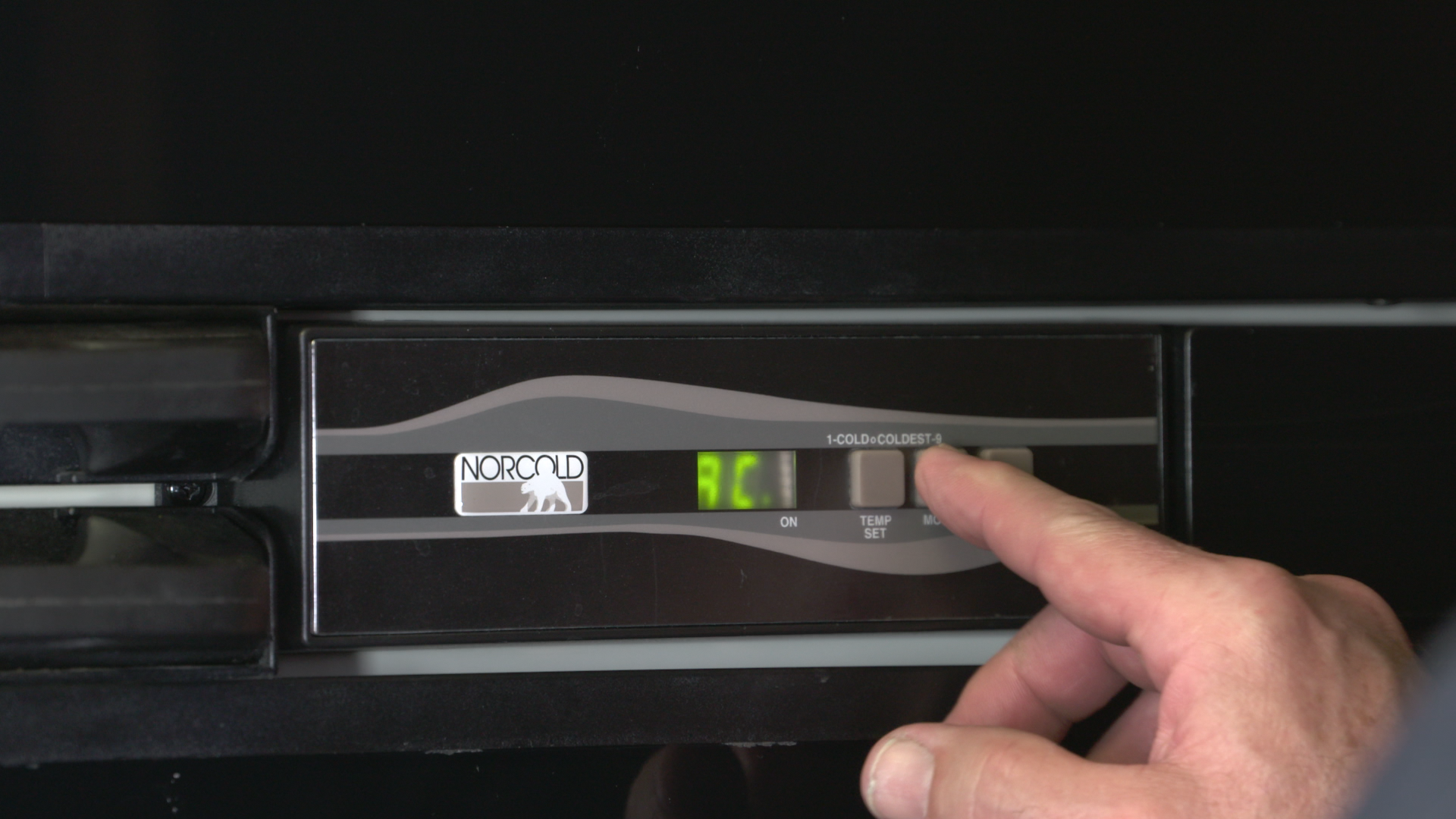
Just like today’s automobiles, RV refrigerators give a fault code when something is not right. These codes can make it easy to diagnose what is happening and troubleshoot faster. Norcold and Dometic have different types of codes which are covered in detail in this session.
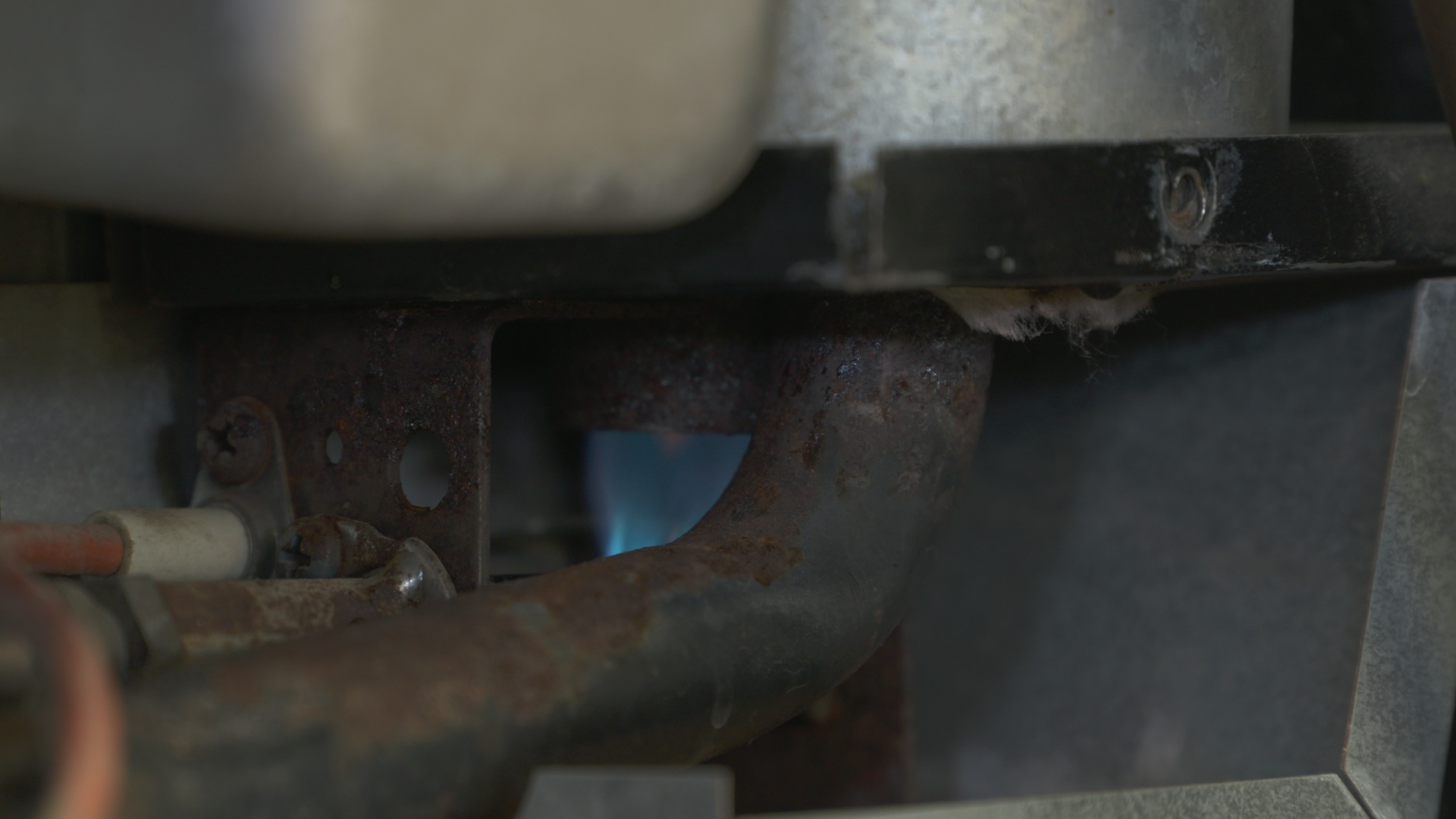
The more the absorption refrigerator is operated on LP, the more soot builds up in the burner assembly and flue, and the less efficient it will run. Also there is a spider that loves the smell of LP and will build a web inside which blocks the flow of LP. We show you how to inspect and clean the burner assembly which makes the unit run more efficiently and save you a lot of money!
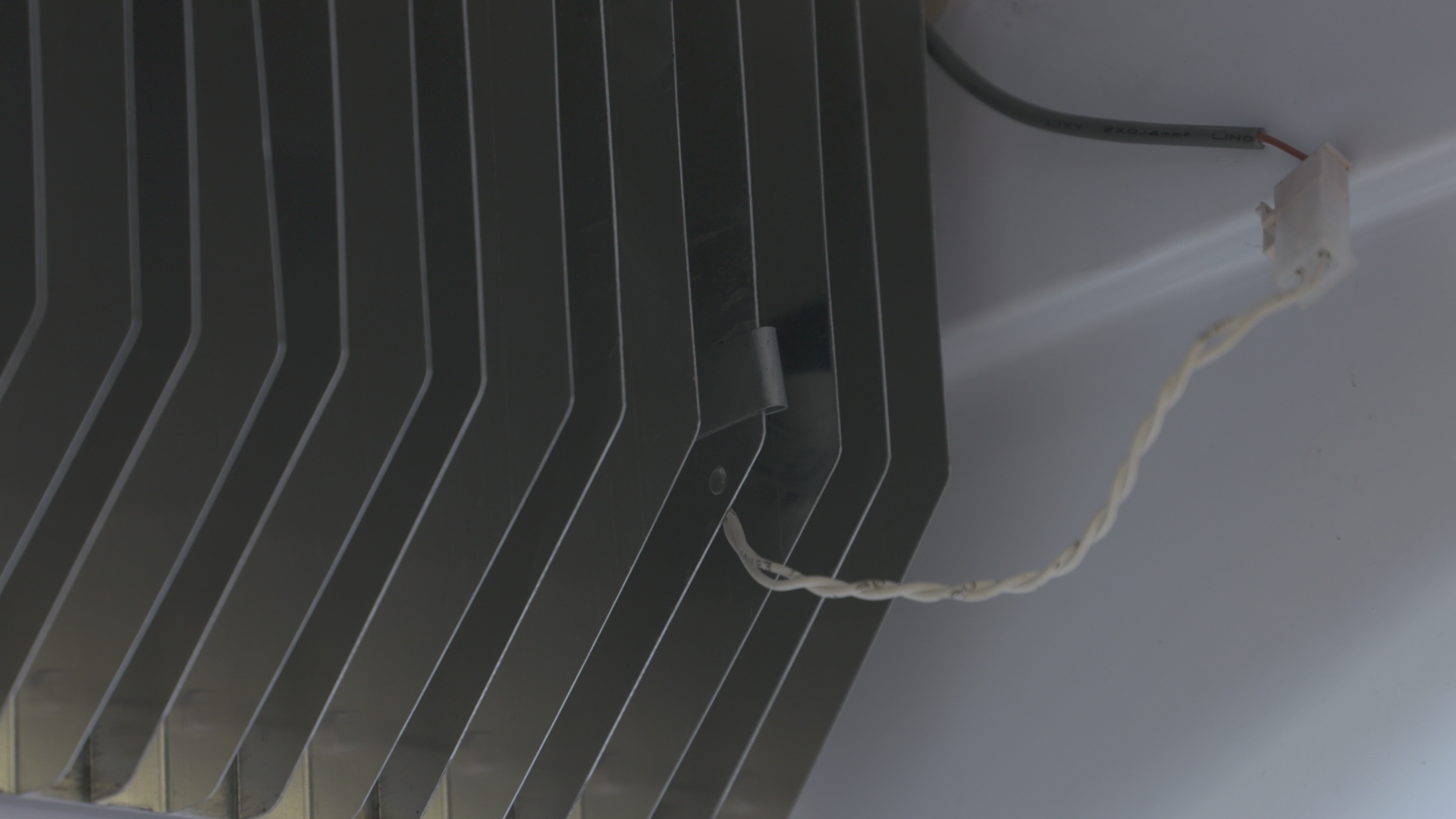

The average RV owner doesn’t know there is an exterior exhaust vent for the refrigerator! Units mounted in a slideroom have it on the side at the top, others have it on the roof. This session shows how to identify the vent, remove it, and proper cleaning.
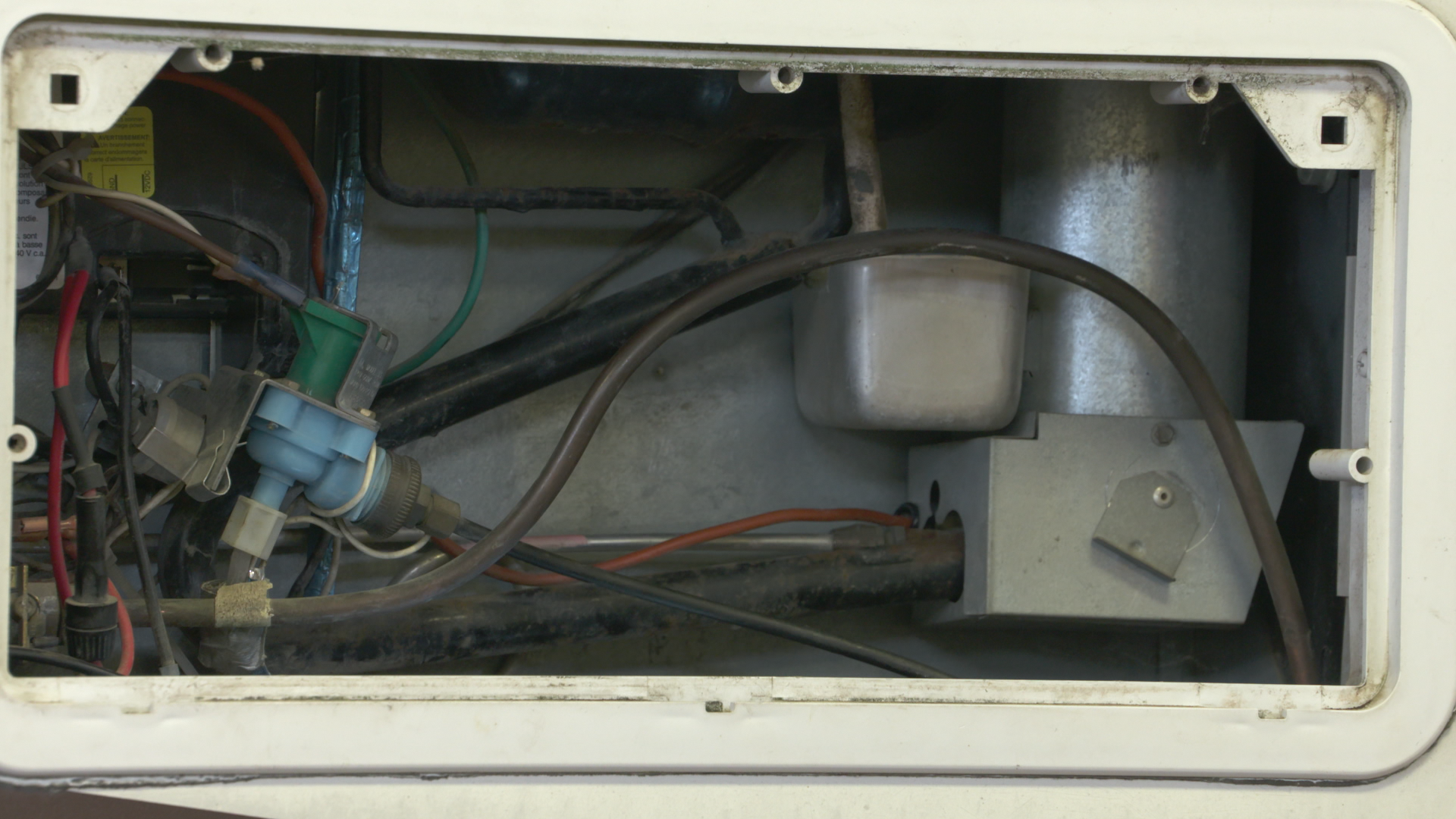
Even if your refrigerator is operating at factory specifications, these are some tips to make it run more efficient during the hot days of summer. Veteran RVer’s understand the power of shade and parking the RV with the refrigerator on the shade side during the hot part of the day. Other tips include using aftermarket fans on the back side to help blow out the hot air and 9 Volt fans inside to promote air circulation reducing pockets that can cause hot or cold temps.
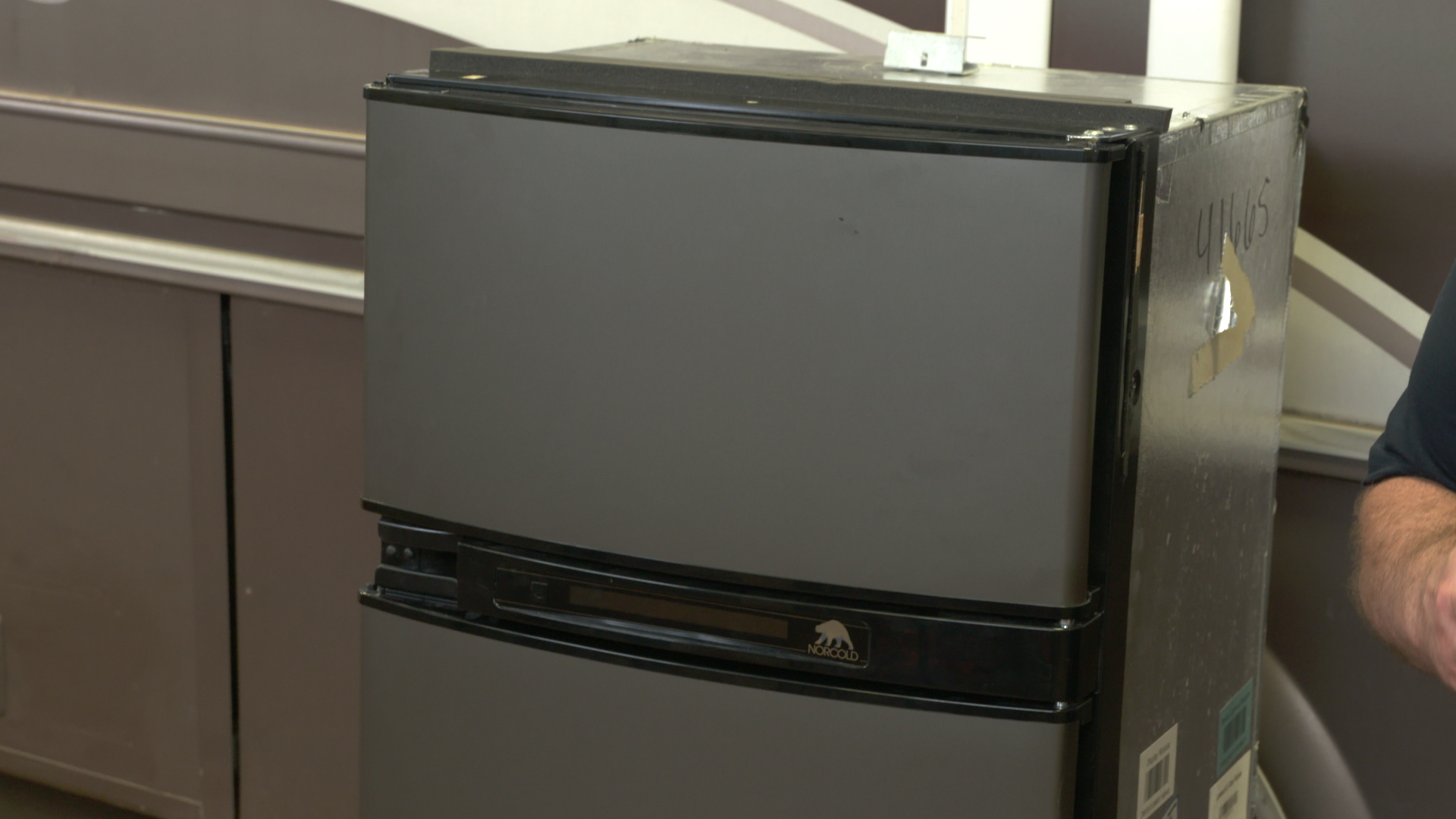
Your Instructor
Dave Solberg
Dave Solberg is the Managing Editor of the RV Repair Club. For over 25 years, Dave has conducted a wide range of RV maintenance and safety seminars, developed dealer and owner training programs, written RV safety and handyman articles, authored an RV handbook reference guide and logged over 100,000 miles on the road in an RV.

Bonus Material
Class Guide PDF
Download this extensive supplement and keep for future reference on Refrigeration maintenance
Troubleshooting Tips PDF
Use this printable PDF to assess and resolve common refrigeration issues
Efficiency Tips PDF
Print this PDF to remind yourself of several good tips to keep your refrigerator running efficiently
Multimeter Basics PDF
Refer to this printable guide on how to use and read a multimeter to assess problems
Video: Meet Your Instructor
Meet your instructor for this Class, Dave Solberg
Video: Instructor Insights
Hear more about the importance of knowing your refrigeration system
Bonus Materials available for download after purchase.